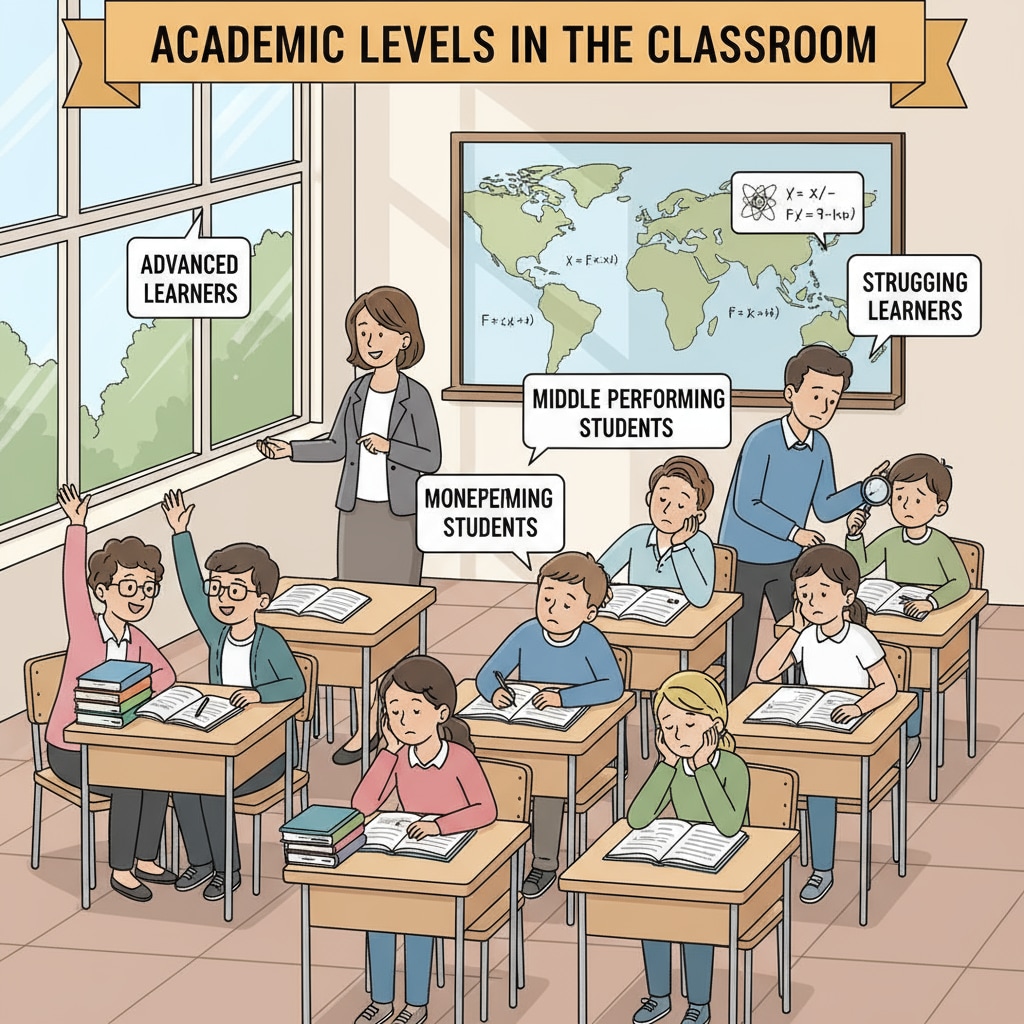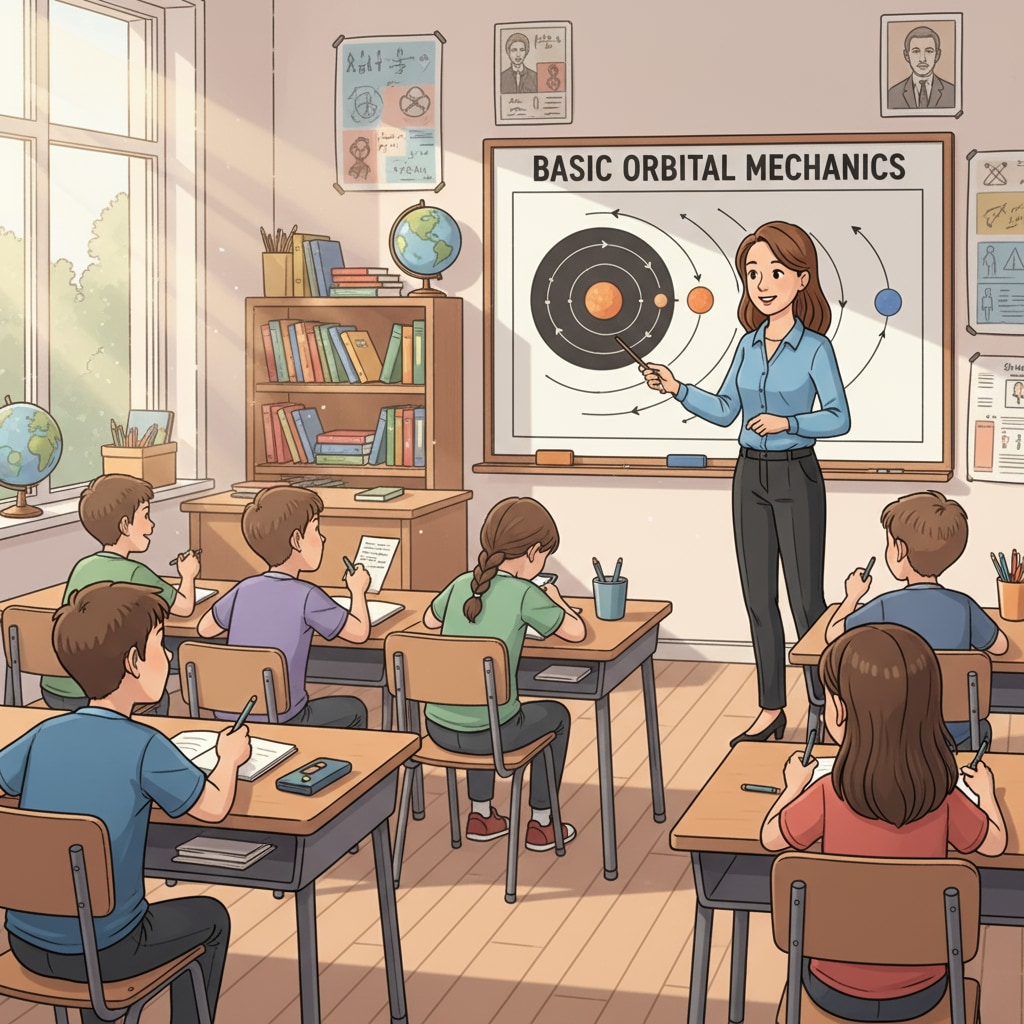In the complex web of the education system, class placement, learning environment, and student engagement play crucial roles. However, a significant flaw exists: the neglect of students with medium grades but a strong will to learn. These students, forming the vast majority, are often left in the shadows while the spotlight shines on academic strugglers and high achievers.

The Current State of Class Placement
Class placement in most educational institutions is primarily based on academic performance. High-achieving students are grouped together in advanced classes, while those facing difficulties are placed in remedial courses. This binary approach leaves little room for the middle group. For example, a student with a B average might not qualify for the advanced curriculum but is also not considered in need of intensive support. As a result, they are often placed in regular classes that may not challenge them enough or provide tailored learning experiences.
The Impact on Learning Environment
The learning environment for these middle students is far from ideal. In regular classrooms, the teaching pace is often set to accommodate the lowest common denominator. Teachers, in an attempt to ensure that struggling students keep up, may slow down the lessons. This means that middle students, who could potentially handle more complex material, are left bored and unengaged. Additionally, the lack of specialized resources and teaching methods for this group further exacerbates the problem. National Education Association on Learning Environments

Consequently, this neglect has a profound impact on student engagement. Without the right challenges and support, these students may lose their enthusiasm for learning. They may start to see school as a mundane routine rather than an exciting place to grow and explore. As time goes on, their motivation can decline, and they may even underperform compared to their potential.
Readability guidance: We’ve used short paragraphs and lists to summarize key points. Each H2 section has a clear focus. Passive voice and long sentences are kept to a minimum, and transition words like ‘however’, ‘therefore’, and ‘for example’ are used throughout to enhance readability.


